Legnica Uncovered: A Journey Through Time
Join us for a captivating journey through Legnica's rich history and vibrant culture on this free walking tour, exploring stunning landmarks and hidden gems.
Time
3 Hours
Stops
9 Places
Distance
1.5 km
Legnica Cathedral (St. Peter and Paul Cathedral)
This stunning Gothic cathedral, dating back to the 14th century, is a testament to Legnica's rich architectural history and serves as an iconic starting point for exploring the city's heritage.
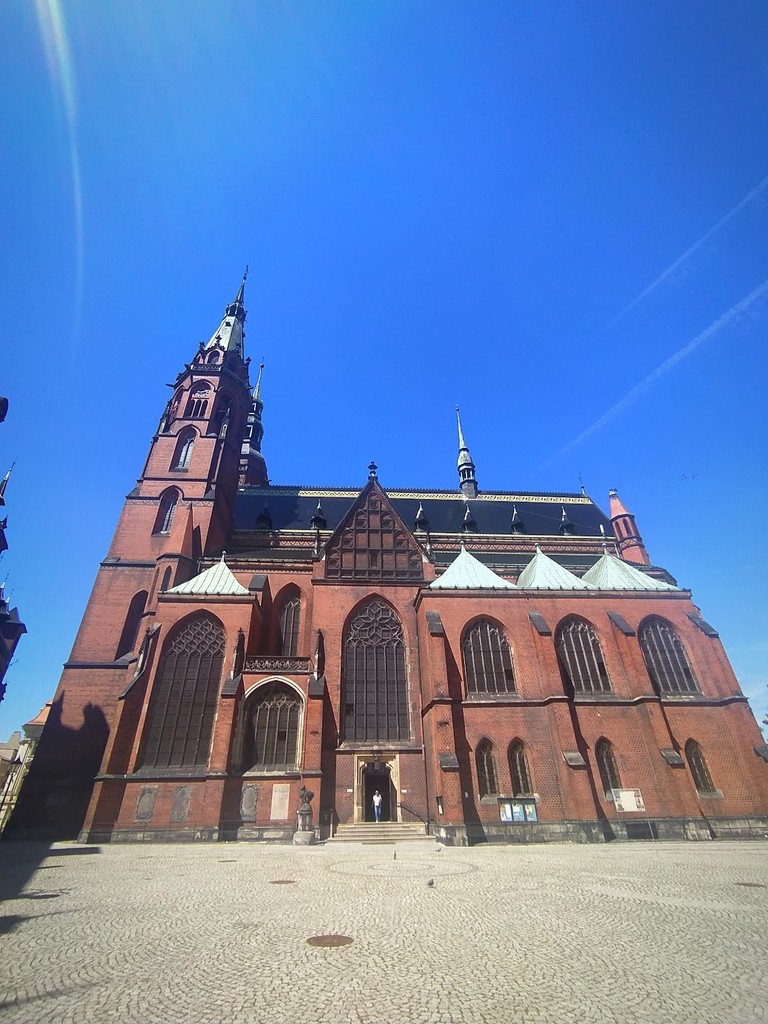
Legnica Cathedral (St. Peter and Paul Cathedral) (Source: Google Maps)
Legnica Cathedral, also known as St. Peter and Paul Cathedral, is a striking example of Gothic architecture, dating back to the 14th century. This magnificent structure features intricate stained glass windows and soaring spires that dominate the skyline. Its history is deeply intertwined with the city, having served as a religious center for centuries. The cathedral has undergone various renovations, preserving its artistic and architectural significance. It houses several important relics and artworks, making it a focal point for both worship and tourism in Legnica. Visitors are often captivated by its serene atmosphere and the rich tapestry of history that can be felt within its walls.
Legnica Town Hall
This historic building, with its impressive Renaissance facade, is a key site for understanding the administrative and civic history of Legnica.
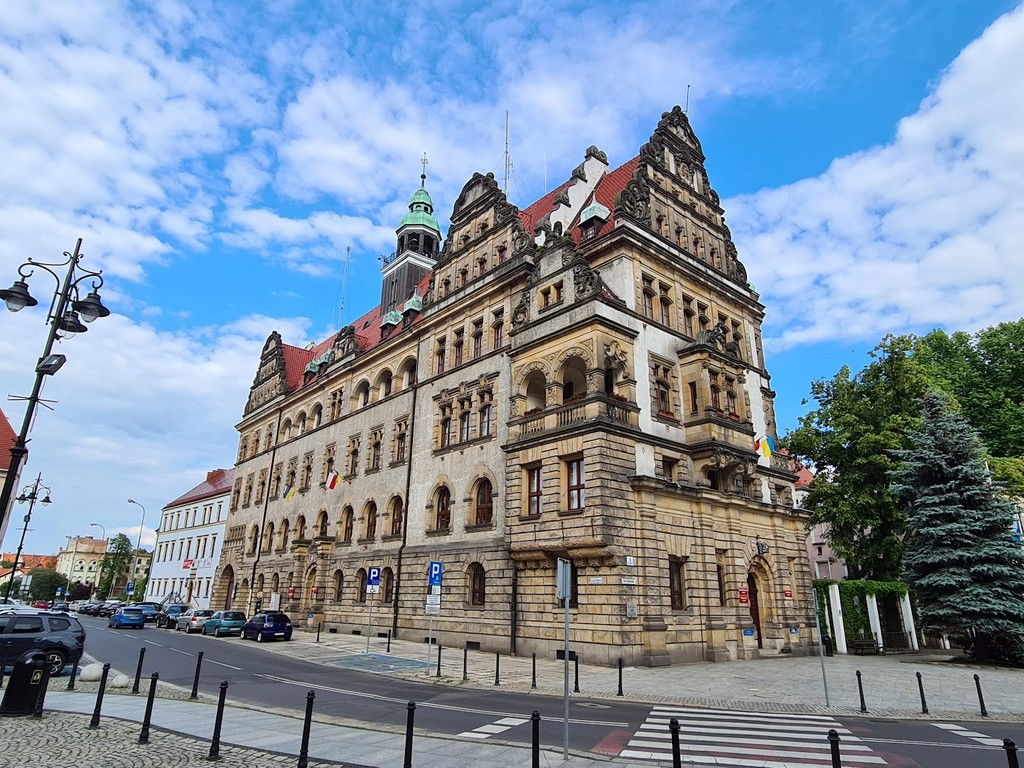
Legnica Town Hall (Source: Google Maps)
The Legnica Town Hall is a remarkable Renaissance building that stands as a testament to the city’s administrative history. Constructed in the 16th century, it features a striking facade adorned with intricate details and a tall clock tower that serves as a landmark. The Town Hall has been the center of civic life in Legnica, hosting important meetings and events throughout its history. Inside, the building showcases beautiful halls and chambers that reflect the architectural grandeur of the period. It is a vital part of the city’s heritage, symbolizing the governance and development of Legnica over the centuries. The Town Hall’s historical significance and architectural beauty make it a must-see for anyone exploring the city.
Market Square (Rynek)
As the heart of the city, the Market Square is surrounded by colorful townhouses and offers a vibrant atmosphere reflective of Legnica's local culture.
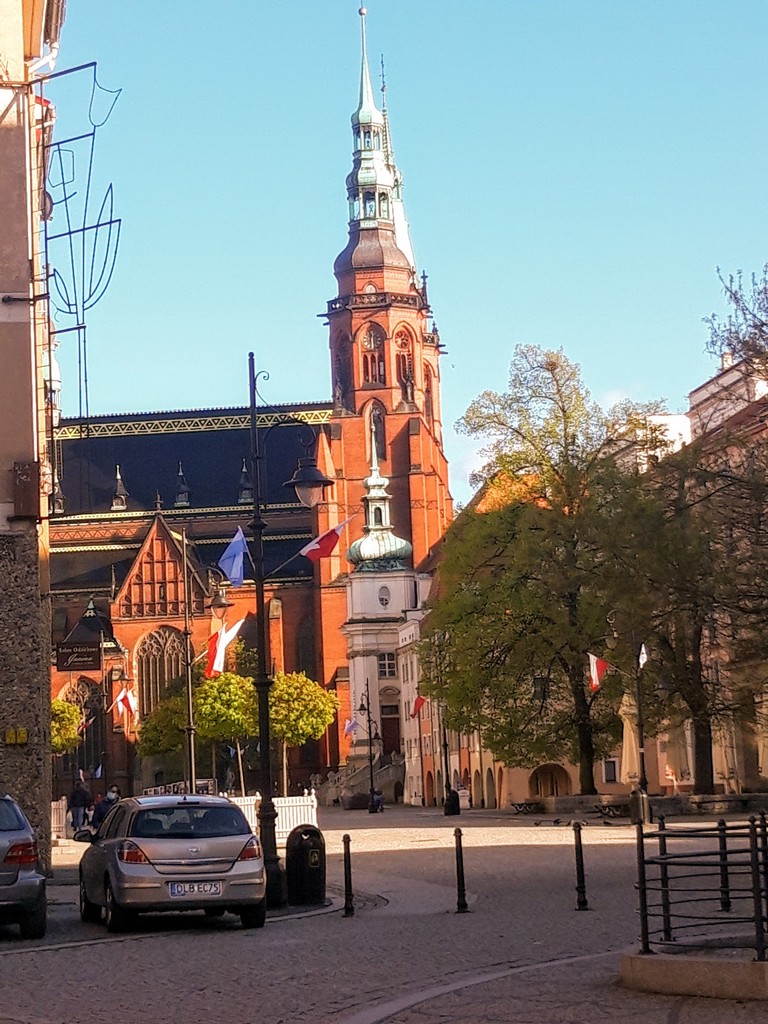
Market Square (Rynek) (Source: Google Maps)
Market Square, or Rynek, is the vibrant heart of Legnica, surrounded by colorful townhouses and bustling cafes. This lively square has been a central hub for trade and social interaction since medieval times. Its historical significance is evident in the architecture that lines the square, showcasing various styles from different eras. The Market Square hosts numerous events and festivals, reflecting the local culture and community spirit. Visitors can enjoy the lively atmosphere, explore local shops, and taste traditional Polish cuisine at nearby eateries. The square is not just a picturesque location; it is a living testament to Legnica's rich history and cultural vibrancy.
Knight's Academy (Akademia Rycerska)
This historic educational institution, once a military academy, now serves as a cultural center, showcasing Legnica's commitment to education and the arts.
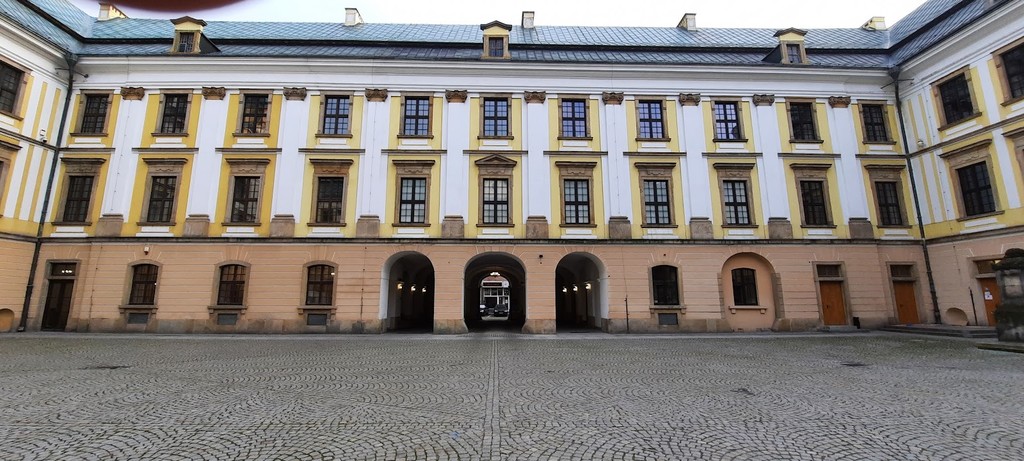
Knight's Academy (Akademia Rycerska) (Source: Google Maps)
The Knight's Academy, known as Akademia Rycerska, is a historic educational institution that has played a significant role in Legnica's cultural landscape. Once a military academy, it has transformed into a center for education and the arts. The academy’s architecture is a blend of historic styles, reflecting its long-standing heritage. It has been pivotal in shaping the intellectual and cultural life of the region, fostering generations of scholars and artists. Today, the Knight's Academy hosts various cultural events, exhibitions, and performances, making it a vibrant part of the community. Its commitment to education and the arts continues to resonate, highlighting Legnica's rich cultural legacy.
The Copper Museum in Legnica
Located within the former Jesuit College, this museum offers fascinating exhibits on the region's copper mining history and its cultural significance.
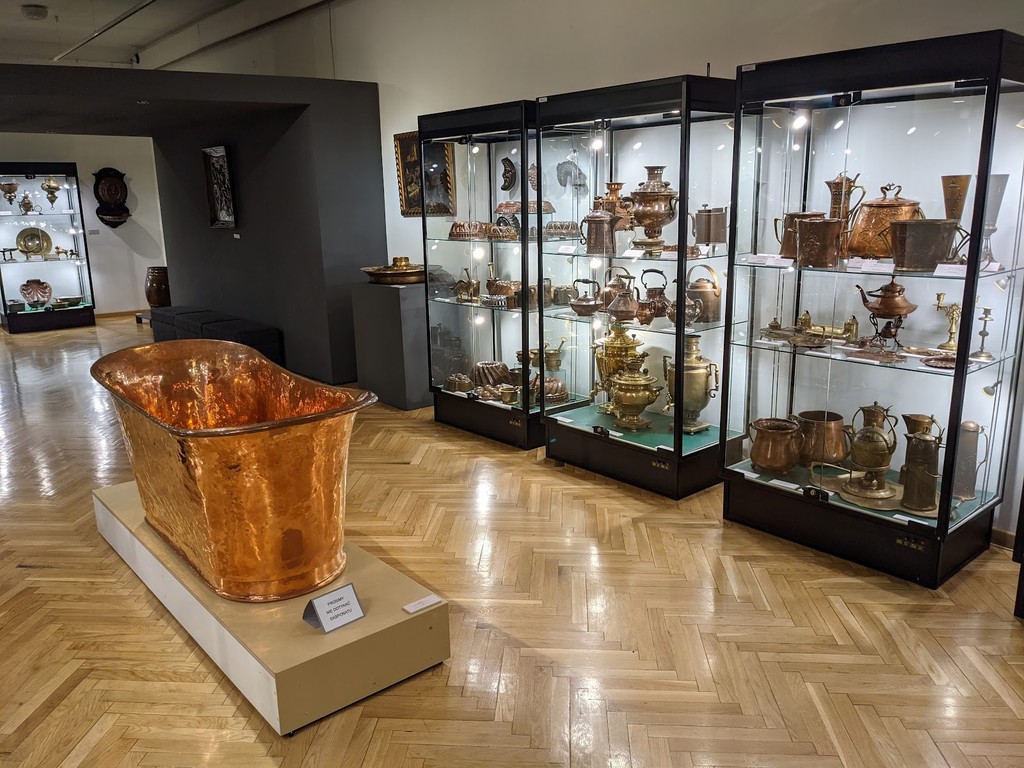
The Copper Museum in Legnica (Source: Google Maps)
The Copper Museum, housed within the former Jesuit College, offers a fascinating glimpse into the region's mining history. Legnica has a long-standing relationship with copper, and this museum showcases the significance of this metal in the area’s development. Exhibits include historical tools, mining equipment, and artistic works made from copper, illustrating its cultural importance. The museum not only educates visitors about the technical aspects of mining but also highlights the social and economic impacts on the local community. Its location in a historic building adds to the charm, making it a unique destination for those interested in the industrial heritage of Legnica.
Piast Castle
Just a short walk from the cathedral, this historic castle is one of the oldest in Poland and offers insights into the region's medieval past.
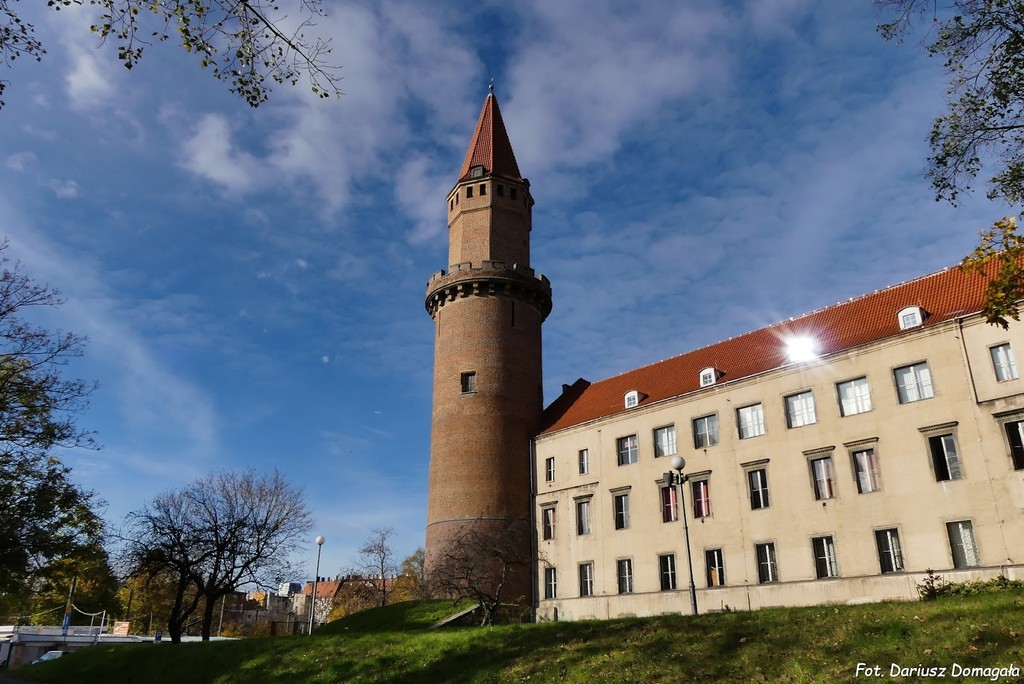
Piast Castle (Source: Google Maps)
Piast Castle is one of the oldest fortifications in Poland, with roots dating back to the early medieval period. This historic castle has witnessed numerous events that shaped the region's history. Its architecture reflects the defensive needs of its time, with thick walls and strategic placements. The castle served as a residence for various dukes and nobility, making it a significant site in Legnica's past. Today, Piast Castle stands as a symbol of the city’s medieval heritage, attracting visitors who are eager to learn about its storied past. The surrounding area offers picturesque views, allowing guests to appreciate the historical significance of this landmark.
St. Mary's Church
Known for its beautiful Baroque architecture, this church is a remarkable example of Legnica's religious heritage and artistic craftsmanship.

St. Mary's Church (Source: Google Maps)
St. Mary's Church is a stunning example of Baroque architecture, renowned for its exquisite interior and artistic craftsmanship. Built in the 18th century, the church features elaborate decorations, including intricate frescoes and altarpieces that reflect the religious fervor of the period. This church has served as a spiritual center for the community, hosting numerous services and events throughout its history. The architectural details, such as the ornate facade and towering spires, capture the attention of visitors and locals alike. St. Mary's Church is not just a place of worship but also a cultural treasure that showcases Legnica's artistic heritage and religious significance.
Legnica City Park
A green oasis in the city, this park provides a relaxing environment to enjoy nature and is ideal for a brief respite during the tour.
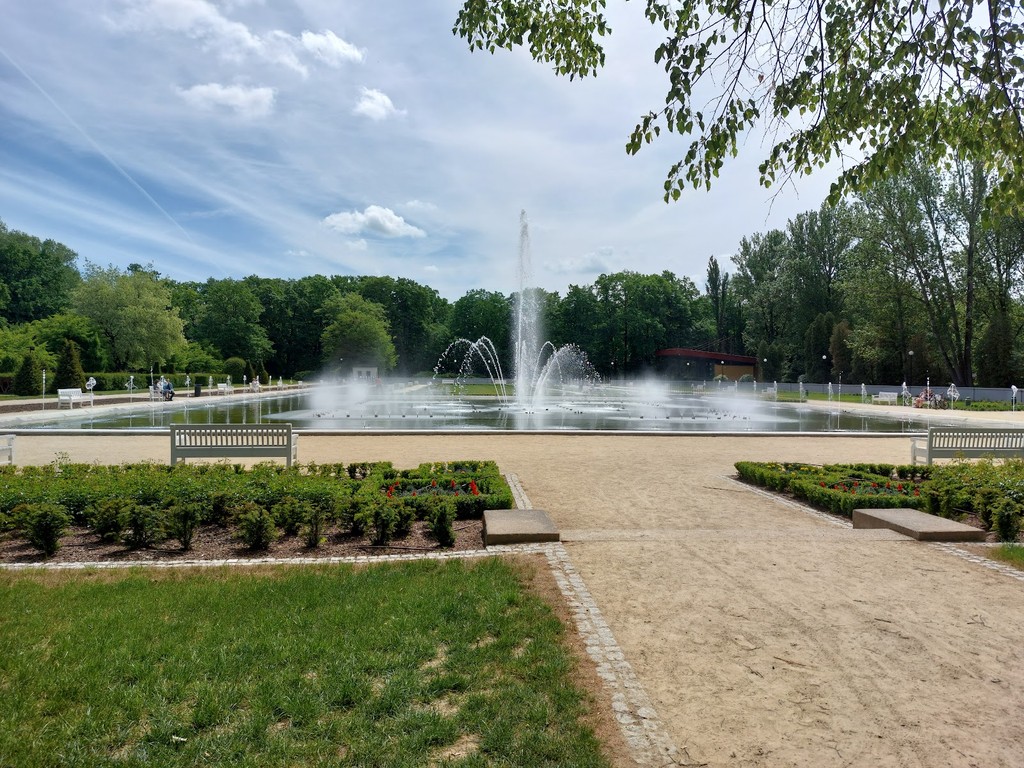
Legnica City Park (Source: Google Maps)
Legnica City Park is a serene green oasis that provides a welcome respite from the urban bustle. This beautifully landscaped park is home to a variety of trees, flowers, and walking paths, making it an ideal place for relaxation and leisure. The park has historical significance, having been a gathering place for locals for generations. It features charming benches, ponds, and sculptures that enhance its tranquil atmosphere. Visitors can enjoy a leisurely stroll, have a picnic, or simply unwind in nature. The park embodies Legnica's commitment to preserving green spaces, offering a peaceful retreat for both residents and tourists.
Old City Walls
Concluding the tour, these remnants of Legnica's medieval defenses provide a glimpse into the city's strategic importance throughout history.
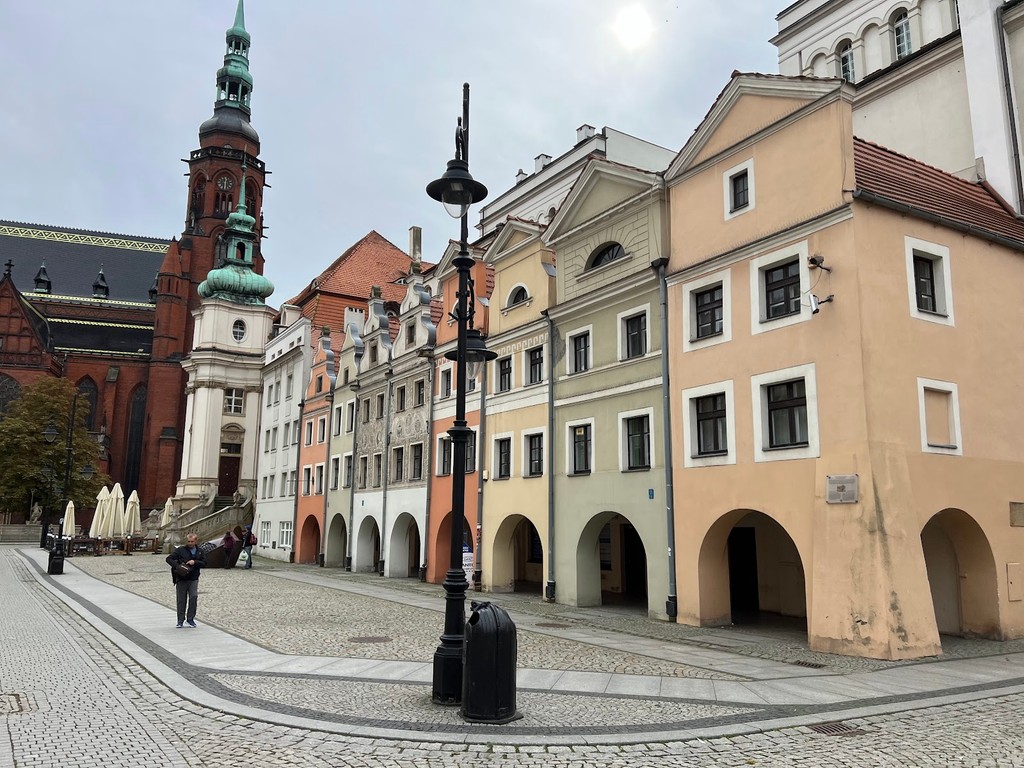
Old City Walls (Source: Google Maps)
The Old City Walls of Legnica are remnants of the city’s medieval fortifications, providing insight into its historical significance. These walls once protected the city from invasions and played a crucial role in its defense strategy. Constructed in the 13th century, they showcase the architectural techniques of the time and are a testament to the city’s resilience. Today, the walls stand as a reminder of Legnica's past, inviting visitors to reflect on its strategic importance throughout history. The site offers a unique opportunity to explore the remnants of the city's defenses while appreciating the surrounding landscape, making it a fitting conclusion to your journey through Legnica.

Your travels, your rules.
Create your own Free Walking Tours.
Set your preferences, distances and anything you want to do or see.
Completely free, no payment required.